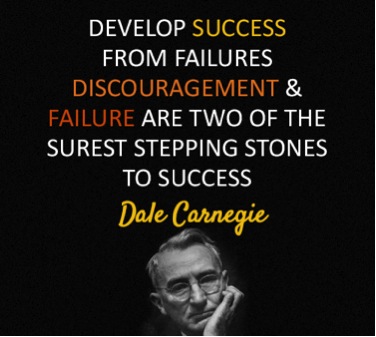I’m deviating from thoughts explicit to higher education a bit in this blog post, however I’m going to use a couple higher education examples. Recently I received a call from a friend seeking some advice or at least someone to listen as she worked through the pros and cons of a professional opportunity to advance her career. Like many of us, I presume she had the proverbial list of pros and cons side by side to help in the decision. Many of us have done this to provide ourselves with appropriate perspective and maybe even rationale for our decision. It’s been my experience that some people want to climb the professional or corporate ladder of responsibility while others find their professional spot and are most comfortable fine-tuning their craft day in and day out.
This friend’s circumstance was providing her an opportunity to move from what I consider to be a middle management position- or director level- into a vice president and senior leadership role within a college. For further clarification purposes, I see a manager with supervisory responsibility of a variety number of staff who are department “worker-bees” carrying out the initiatives of the department every day. While these people have some level of decision-making responsibility, ultimately they follow the lead of the manager. The new role would provide this individual with an opportunity to participate more intimately with the strategic vision of the college while also assuming some responsibility of deploying that vision within her department.
As I listened, my mind quickly went back to a time when I was contemplating a similar decision. I wanted to provide her with some advice, both that of which I received and maybe advice that had not been shared with me. While I’m never short on an opinion or advice, I was fixated on one question that I felt would be relevant to her decision.
“Is management (of people or decisions) easier or more challenging as you move up the responsibility ladder?”
Three thoughts quickly came to mind.
First, managing (or “coaching”) experienced Directors is very different than managing less-experienced entry level positions.
A person in the vice president role must have the ability to articulate the vision and direction to create the buy-in of Directors who may at times have more experience in the business. Furthermore, it’s less likely that these individuals will simply do as you say. Instead, they will require greater rational and expect to provide greater input or influence on your decisions and rightfully so if you are to take advantage of their experience. This can require more patience, persistence, and perseverance of the manager. The challenge becomes when you disagree at this level.
Second, your enjoyment of the job is directly connected to the quality of the relationship you have with your direct reports.
This relates somewhat to point number one. You hear of people who come into high responsibility roles and immediately “clean house” with the previous management team. While there are different opinions on this I’m sure, in my experience I realized first-hand why some people may be inclined to do this from day one rather than go through the effort to determine if the partnership will work under new leadership. Sometimes the agony of that process can limit the ability to move forward with strategic goals as quickly as you or even your supervisor would like. So, a path with potentially less resistance may in fact be bringing in new people with expectations and roles defined by the new leadership. This allows both parties to start from day-one on the same page. Either way it can be messy, but I can see how the latter process can help move the performance needle quicker.
Third and possibly the most significant…There may be fewer decisions to make as you climb the ladder of responsibility, but the decisions can be anything but easy. The easy decisions are typically made by people who report to you. Now, decisions require more thought, the consequences are greater, and the answer will inevitably disappoint someone.
I’m sure this advice has been shared by many intelligent people. Nevertheless, I’m not sure we are ever really prepared for this until we get into the situation. Recently I experienced the management of three decisions which fit this category – two of which deal with the significant rain we received in southeast Nebraska in the last 10 days.
- Crete, Nebraska – High school superintendent chooses to not cancel school when a number of schools in the area cancelled due to flooding. Crete schools did not have flooding. While this decision was accepted by most, there were some who were vocal about their displeasure with the decision and others that could not make it to school due to the weather. Had school been cancelled, you can bet just as many people would have been upset with having to find childcare. Depending on your individual circumstance, this decision may be acceptable or totally wrong!
- Crete, Nebraska – Doane College president chooses at last minute to move commencement services from the traditional outdoor service to an indoor service. Despite the fact that most Doane students look forward to an outdoor commencement, inevitably some of the spectators do not enjoy managing the weather as much. As an individual who helped directing parking that day in the rain, I can attest to a few disgruntled adults regarding the late decision – none of them, however, were graduates.
- Doane College faculty wrestle with decisions of an academic calendar which inevitably impacts different faculty, staff, and students different. I listened as they debated the issue and ultimately requested that more time be devoted to determining the best calendar solution. When this decision is made, it is likely that some faculty will not be satisfied.
It’s easy to have an opinion on decisions that others have to make. It’s much more challenging to be in the position which makes the decision. To refer back to a prior blog post, there is no silver bullet to these decisions either. But, someone has to make them. So, my question to my friend…Do you want to be in the position to make these decisions?

